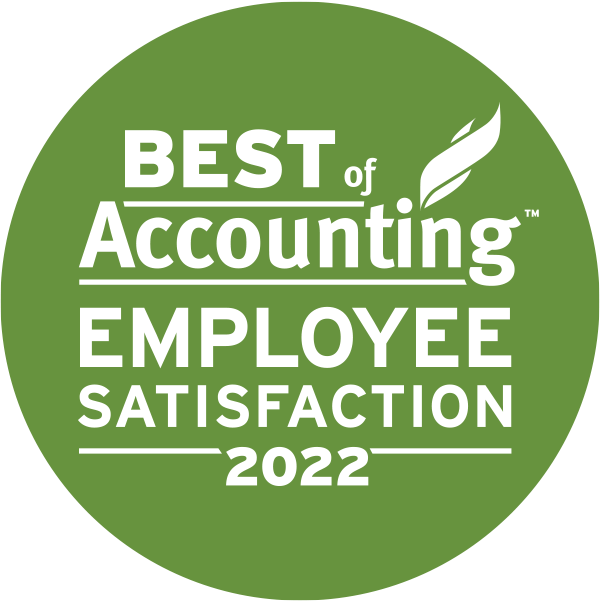The medical profession is challenging. And if you are running your own clinic, it is wearing a business owner’s hat. While attending to patients is at the core, you must look at accounting, administration, hiring, marketing and payroll. Among all, payroll is a task with no room for delay or mistake. Your and your staff’s salary depends on the payroll. Any delays in pay could lead to financial penalties and disgruntled employees.
Why Is Payroll Important?
You know the importance of timely salary disbursements to maintain a healthy work environment. But do you know payroll mistakes can put you in trouble with the Canada Revenue Agency (CRA)? We stress mistakes as payroll is more than just salary disbursement. It includes deductions like income tax and pension and filing of T4/T4A forms. Payroll compliance could get intimidating if you have a bigger workforce.
While payroll may sound like a small task, you must set up and regularly maintain the payroll process. This article is a beginner’s guide to setting up a payroll system for all types of businesses.
Things Clinic Owners Should Consider Before Setting up a Payroll System
When writing your payroll process, ask yourself what kind of employees you want to hire. What kind of salary package and perks can you offer? Remember, your compensation should be attractive to the employee and affordable for your clinic. Setting a budget for salary can help you plan your manpower requirement.
Every payroll decision will have a compliance, business, and competition angle.
Determine the pay for employees
The core question you need to figure out is how much you should pay your employees.
On the compliance front, your pay package should meet the minimum wage requirement of federal and provinces. On the business front, determine how many employees you need, for what work, full-time/part-time/contractors, interns or professionals. Look at the market compensation for these employees so that you can offer a competitive package (neither too low nor too high) to attract the right talent.
All these things will help you determine your salary budget. For instance, if hiring a full-time accountant is outside your budget, you can outsource it. Depending on the nature of the work, you can have a mix of part-timers, interns, vendors, and full-timers.
Don’t go overboard with hiring, as salary is the biggest cost a service industry incurs. While determining the pay of all employees, determine your own pay as well.
Determine Employee Benefits
Once the salary amount is in place, employee benefits will be the next big decision that will have financial implications. The CRA requires all employers to provide employment insurance (EI), Canada Pension Plan (CPP), and workplace insurance to their employees. As an employer, you must deduct a certain amount in employee contributions against these benefits and add employer contributions.
Beyond these benefits, some employers offer competitive benefits like insurance (life, medical, dental, vision, disability) or paid sick days to attract talent. These benefits can vary as per the job role.
Determine the Frequency of Payroll and Method of Payment
With the package and benefits in place, it’s time to determine the weekly, fortnightly, or monthly payment frequency. Remember, every payment disbursement will require tax deductions. Choose the payroll frequency carefully, as it should align with your business cash flow and employees’ financial needs.
For instance, hourly wage workers might need the payments weekly. If the payment is significant, you can consider monthly payments.
Depending on your payroll frequency, number of workers, and nature of work, you can determine the mode of payment. Some vendors might need a cheque payment or cash payment. Avoid cash payment as it can attract CRA’s attention. Direct debit is the most commonly used mode of payment for regular payments. Most payroll software links your account and directly debits the payments once you approve them.
A payroll specialist can help you prepare a comprehensive payroll package that is attractive, competitive, affordable, and tax efficient.
Things Clinic Owners Should Consider To Manage Payroll System
Now that we have covered the strategic side of payroll, there are some clerical aspects you should consider when processing it.
The first prerequisite is getting a business number for your company by registering your business with the CRA. The business number creates your identity as an employer and makes the deduction of CPP, EI, and income tax possible.
The next step is to get all the necessary information about employees, like their bank details and social security numbers. Then you have to calculate the pay after adjusting for overtime, statutory holidays, or performance bonus.
Payroll software can automate the processing part, depending on the input provided. Any adjustments for a specific situation have to be done manually. A professional bookkeeper can help you calculate the benefits, make adjustments, process payrolls, submit T4s for employee income tax filings, and update the books.
Contact McCay Duff LLP in Ottawa to Help You With Payroll and Bookkeeping Needs
Talk to a professional bookkeeper to help you set up an efficient payroll system and manage it while staying informed of your cash flow. At McCay Duff LLP, our bookkeepers can provide services such as maintaining books, processing payroll, and filing necessary employee documents. To learn more about how McCay Duff LLP can provide you with the best bookkeeping expertise, don’t hesitate to contact us online or by telephone at 613-236-2367 or toll-free at 1-800-267-6551.





